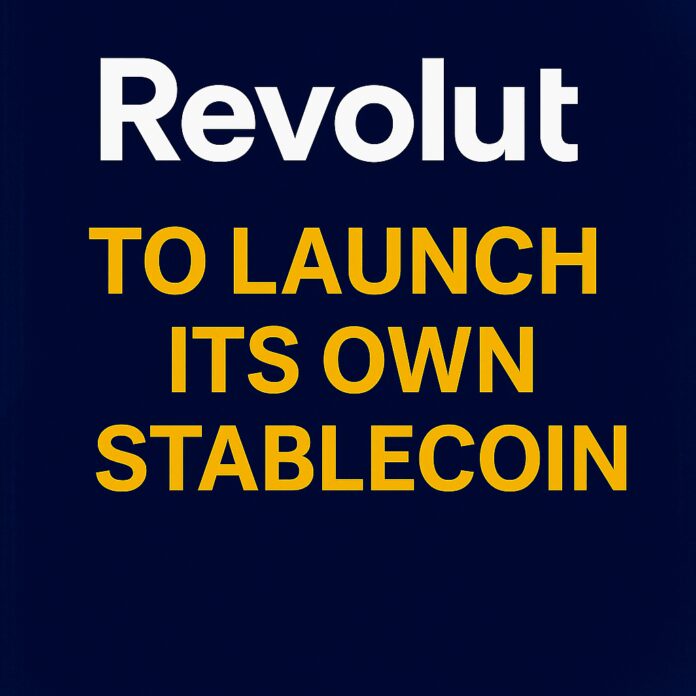Fintech giant Revolut is preparing to launch its own stablecoin, marking a bold move into crypto infrastructure. With over 55 million users globally and a fast-growing crypto exchange (Revolut X), this initiative could significantly disrupt the current stablecoin market — long dominated by Tether (USDT) and Circle (USDC).
But beneath the hype lies a critical question:
Is Revolut building the future of retail stablecoins — or entering a crowded, highly regulated battleground too late?
🧭 Why Revolut Is Doing This Now
1. Massive User Base
Revolut has one of the largest retail fintech user bases in the world — spanning more than 160 countries. A native stablecoin would instantly benefit from existing infrastructure, wallets, and KYC onboarding.
2. Platform Control
Owning the rails means Revolut could reduce third-party fees, offer internal crypto yield, and incentivize use across payments, trading, and rewards — all within one app.
3. Regulatory Tailwinds
With frameworks like MiCA in the EU and the GENIUS Act in the US, the stablecoin landscape is moving from legal grey zone to regulated territory. Revolut sees the opportunity to launch a compliant alternative under a licensed banner.
⚠️ The Competitive Landscape
Revolut isn’t starting from scratch — it’s entering a market ruled by giants:
- Tether (USDT): Dominates on-chain volume, but criticized for reserve opacity
- Circle (USDC): Favored by regulators, but still largely US-focused
- PayPal USD (PYUSD): Corporate entry with deep payment integrations
- Fintech tokens (future): Other neobanks and super apps may follow suit
A Revolut stablecoin could offer:
- Seamless fiat-to-crypto conversion
- In-app utility across Revolut products
- Global reach — but only if trust, compliance, and liquidity are delivered from day one
📊 RateEx42 Analysis
| Metric | Evaluation |
|---|---|
| Regulatory Position | Pending clarity — MiCA-ready, but depends on reserves & issuance model |
| Adoption Potential | High — if integrated into Revolut’s payment and crypto services |
| Liquidity & Utility | Yet to be proven — no public details on chains, use cases, or DEX support |
| Risk Factors | Regulatory hurdles, reserve transparency, interoperability across Web3 |
🔍 Strategic Questions for Builders & Investors
- Will Revolut issue on Ethereum, Solana, or a proprietary network?
- How will it back its token — with fiat, treasuries, or cash equivalents?
- Will it compete with or cooperate with DeFi protocols?
- Can it scale without fragmenting stablecoin liquidity?
💭 Final Thought
Revolut’s stablecoin push isn’t just about crypto — it’s about owning the rails of digital money in a regulated, mobile-first world.
If done right, it could reshape how millions store and move value.
But if rushed or poorly executed, it could become just another branded token — lost in the noise.
The stablecoin war is heating up. And Revolut just showed up with heavy artillery.




